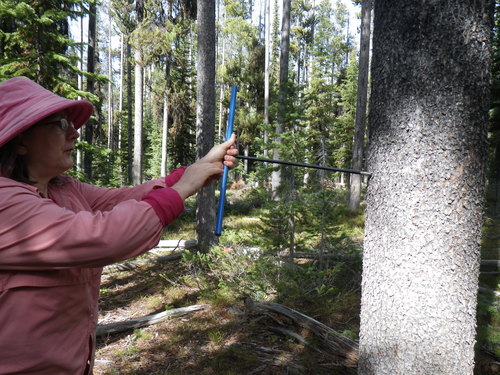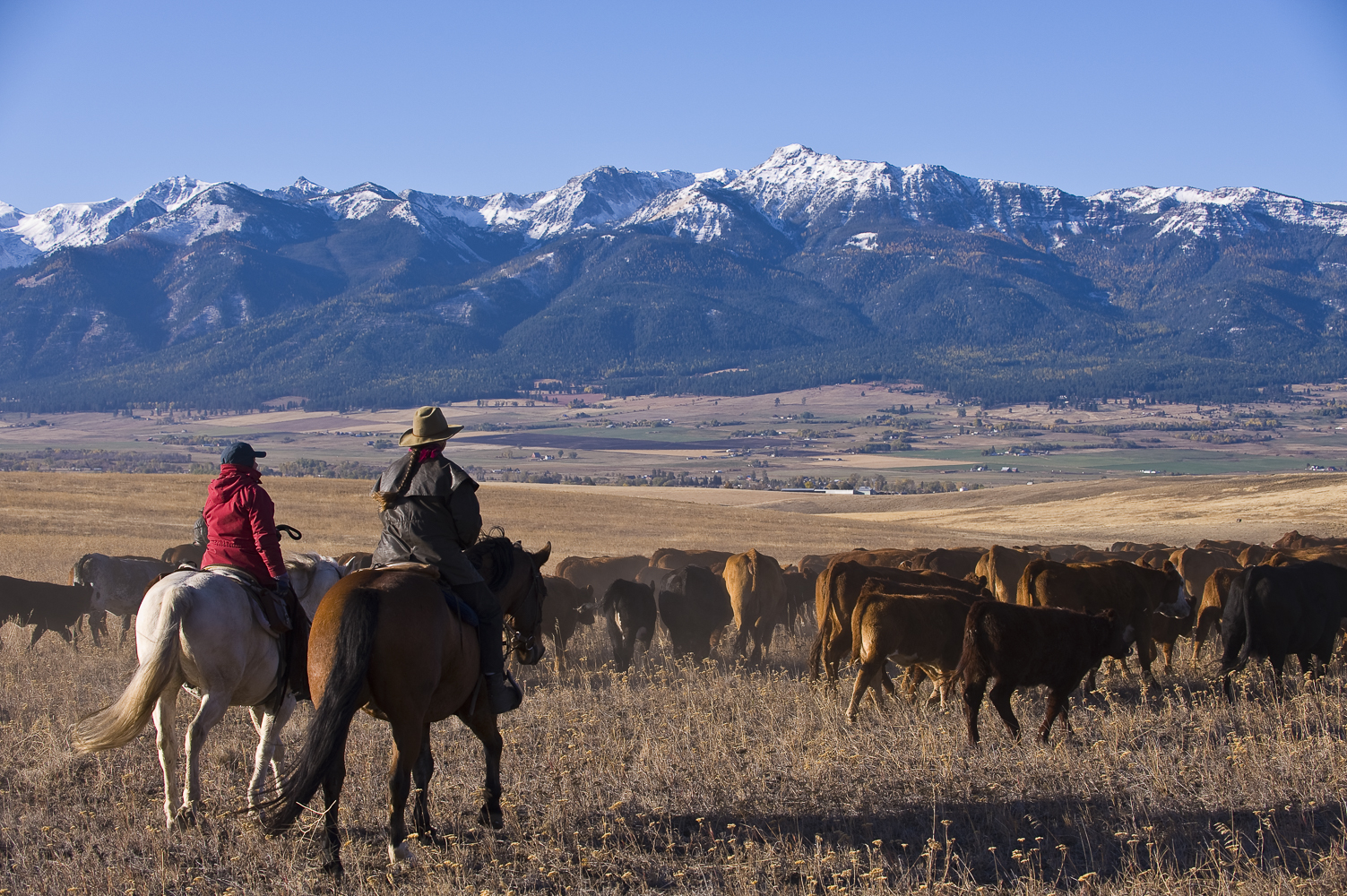RVCC Issue PaperS
RECENT RVCC Issue Papers (2020-2023)
RVCC 2023 Farm Bill Recommendations for Community-based and Collaborative Capacity
Over the past year, Congress has made historic investments in conservation, ecological restoration, watershed health, and wildfire risk mitigation. Federal agencies now face the enormous and vitally important task of ensuring those dollars result in meaningful outcomes on the ground.
The Rural Voices for Conservation Coalition (RVCC) developed these recommendations to address what we see as a crucial yet unmet need for effective use and delivery of Farm Bill programs and authorities: the capacity of community-based entities and locally led collaboratives and partnerships. Community-based entities (e.g. collaborative groups, place-based nonprofits, Intertribal organizations, and special district governments) and locally driven collaborative efforts undertake activities that are foundational to the ability for organizations, landowners, Tribes, and communities to access and utilize Farm Bill tools and authorities. Building community-based capacity in particular has been recognized as a key means of reducing barriers to access and advancing equity within U.S. Department of Agriculture programs.
RVCC’s recommendations outline various strategies for Farm Bill programs and authorities that would bolster collaborative and community-based partners and efforts, both in terms of internal resources and capabilities and in their ability to use and access Farm Bill programs.
Thank you to all of the entities that signed onto a letter of support for the platform!
Pathways to Prescribed Fire: Streamlining cooperative burn partnerships between nonprofit partners and the Forest Service
Community-based nonprofits are key players in the support and implementation of prescribed fire work in the western U.S., yet opportunities for cooperative burn partnerships with the Forest Service continue to face administrative, policy and cultural barriers. This report provides a high-level examination of the current trends in prescribed fire partnerships between nonprofits and the agency; identifies and synthesizes the most pressing barriers cited by agency staff and partners; and produces a prioritized roadmap to resolving a number of those barriers. (Published March 2022)
Pathways to Prescribed Fire: Three case studies highlighting opportunities for community-based nonprofits to build cooperative burning capacity
This collection of three case studies is a complementary resource to the Pathways to Prescribed Fire report (linked above). A full description is available on our Case Studies webpage. (Published March 2022)
Fighting Fire with Fire: Policy Options to Increase the Use of Prescribed Fire on National Forests
This report summarizes the need for prescribed fire to reduce fire risks and restore ecosystem function on public lands managed by the U.S. Forest Service in the American west, provides an overview of the current policies managing the use of prescribed fire on the National Forest System, and offers a catalogue of policy options to meet the goal of increasing use of prescribed fire. The recommendations are catalogued by three major themes: the need for increased funding, reform of Forest Service business practices, and a significantly increased prescribed fire workforce. (Published October 2021)
Recreation Season After Action Review: Summary of Findings
RVCC and the Southern Willamette Forest Collaborative organized a workshop of rural stakeholders and Forest Service staff to review recreation during the year 2020. Using these experiences as a starting point, we focused our workshop on capturing participants’ lessons learned and their suggested solutions for communities, land managers, and agency partners to adapt to and better prepare for recreation impacts in the years ahead. We hope these recommendations will inform agency management strategies that reflect the needs of those living and working in our rural communities and public lands. (Published February 2021)
Recreation and Rural Community Vitality Statement of Values
RVCC has long advocated for planning and decision-making that address community needs and reflect local stakeholder input. We also recognize the connection between outdoor recreation and the ecological and economic sustainability of Western lands. This new paper outlines our priorities for approaching recreation planning and policy in a way that supports healthy landscapes and rural community vitality. (Published November 2020)
Rural Resilience and Recovery Paper
This paper identifies unique conditions that require special attention and outlines four specific policy recommendations and six principles towards re-imagining rural and the path forward. Our goal is to provide a solid foundation for creating recovery policies that lift up rural communities through ecologically responsible and economically sound and equitable solutions. (Published June 2020)
Fiscal Year 2021 Appropriations Priorities
In America’s rural West, economic, environmental, and community health should go hand in hand.With sufficient and stable funding for federal land management agencies, public and private lands conservation programs, and rural development programs, we can foster the health of the American West. Congress must sufficiently invest in federal agencies so they can support both vibrant rural communities and healthy landscapes. Here we share RVCC’s top four priorities. (Published March 2020)
2019 RVCC ISSUE PAPERS
The Secure Rural Schools and Community Self-Determination Act (SRS) relies on annual or biennial appropriations to continue supporting timber-dependent counties. The absence of a dedicated funding source for SRS has put the program in a precarious position and a long term solution is essential to stabilize budgets. (May 2019)
With adequate and stable funding for public and private lands conservation programs, federal land management agencies, and rural development programs, we can address the growing backlog of needed restoration in the American West. Congress must sufficiently invest in federal agencies so they can support both vibrant rural communities and healthy landscapes. (May 2019)
Opportunities for rangeland stewardship and partnerships are necessary; rangeland and soil conservation may be most effective if agencies fund and utilize a full suite of approaches, including promoting the social and economic wellbeing of working ranches. (Published May 2019)
All Lands
This peer-learning effort supports successful all lands planning and implementation and improves practice through multiple tools, strategies, and resources. (Published 2017)
An all lands approach allows land managers to address ecological issues at the scales on which they operate. Policy tools designed to catalyze the All Lands approach have strengthened key cross-sector relationships built on mutual benefits, understanding, and respect. (Published 2016)
appropriations & Performance MEasures
In America’s rural West, economic, environmental, and community health go hand in hand. Rural communities have the local knowledge needed to restore the nation’s forests, rivers, and rangelands, but they cannot do it alone. Federal programs must support communities that want to start and grow local businesses, develop capacity to act as shared stewards of the land, and implement working lands conservation. Congress must sufficiently invest in federal agencies so they can support both vibrant rural communities and healthy landscapes. Review RVCC’s FY funding priorities and appropriation recommendations in the links above.
Published 2018 in partnership with Western Landowners Alliance. In this two-page sign on, we urge Congress and the Administration to advance principles and practices that achieve rural economic health and a productive agricultural sector, provide for our human needs, and protect the landscapes in which we live and work.
RVCC strongly supports investments in federal agencies and programs that sustain the economic, social and ecological needs of rural America. The Farm Bill plays a vital role in sustaining America’s rural communities and enhancing its natural landscapes. (Published 2018)
Community, economic, and environmental health go hand in hand in the rural West. Investment in the stewardship of our forests, watersheds and rangelands creates local jobs, while providing clean water and clean air for the Nation. We have outlined how these investments will generate significant local and national benefit in our 2017 transition memo. (Published 2017)
Collaboration
Collaboration takes many different forms and can occur at local, regional, and national levels. Although these efforts vary from place to place, RVCC suggests collaborative groups strive to follow these best practices. (Published 2016)
ContRacting
This paper provides substantive data on the status of county payments and the use of stewardship authorities. A long-term and stable solution to county payments is critical, and thoughtful dialogue that addresses funding shortfalls is urgently needed. (Published 2017)
Fire
Fire Adapted Communities (FAC) incorporate an understanding of natural fires and emphasize the value of foresight and investment. Effective partnerships, with shared responsibility, will create prepared communities and healthy, resilient landscapes. (Published 2016)
ARCHIVES:
RVCC Issue papers published under the fiscal sponsorship
of Sustainable Northwest (2003-2013)
appropriations and performance measures
FY 2014 Appropriation Priorities
Farm Bill Conservation Programs (2012)
FY 2012 Appropriation Priorities
FY 2011 Appropriation Priorities
FY 2010 Appropriation Priorities
Economic Stimulus Proposal (2009)
Implementing Economic Recovery (2008)
FY 2009 Appropriation Priorities
FY 2008 Appropriation Priorities
FY 2007 Appropriation Priorities
FY 2006 Appropriation Priorities
Top photo credit: Emily Jane Davis
Thumbnail photo credit: Emily Jane Davis, Ecosystem Workforce Program, Salmon Valley Stewardship, and Kendrick Moholt































